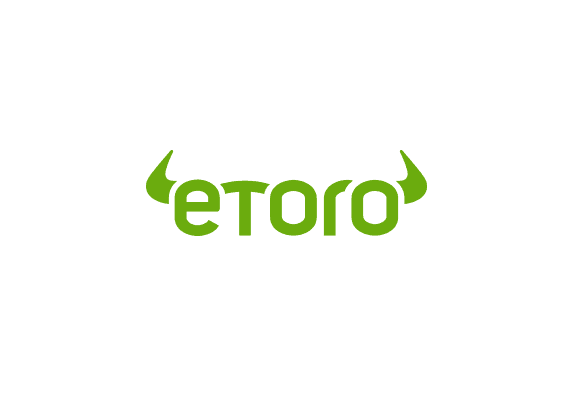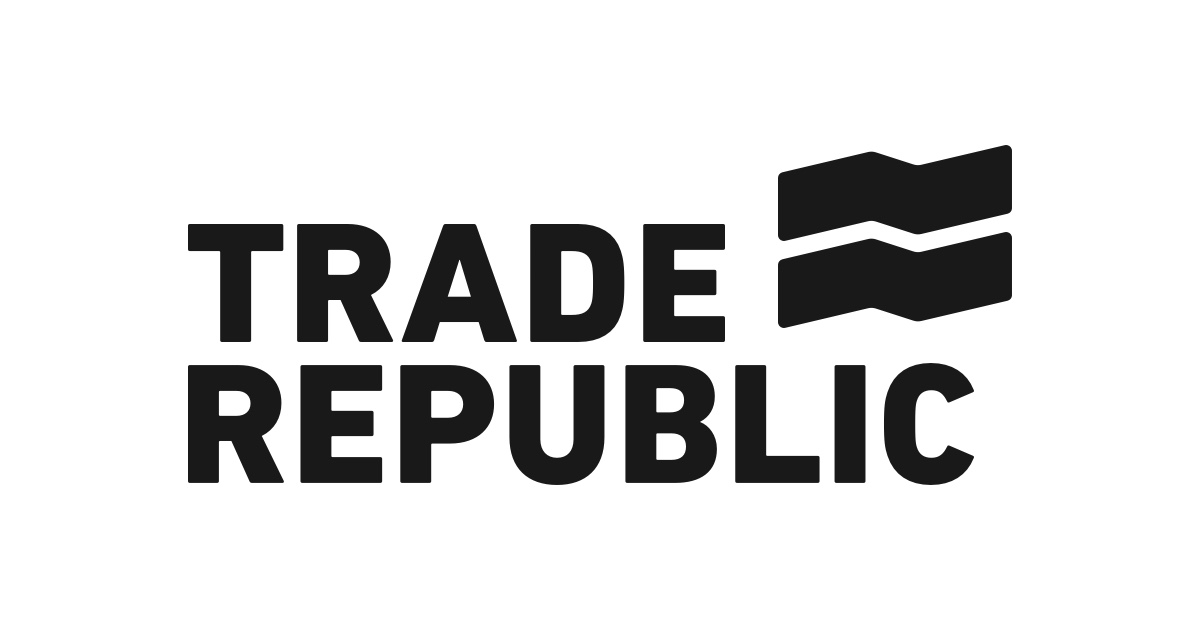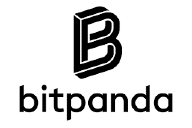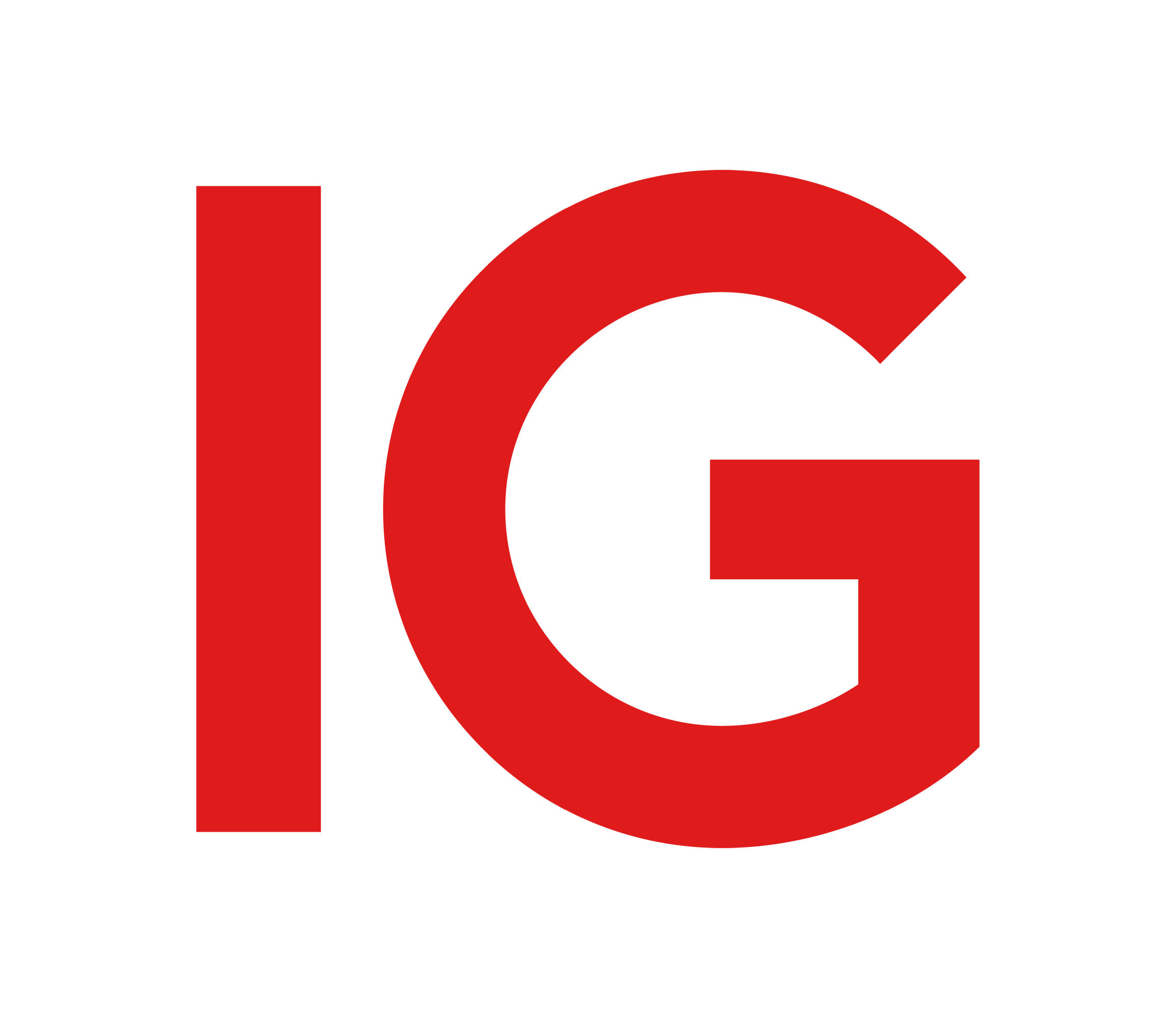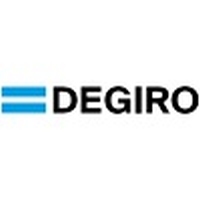Dividend investing
Dividend investing is a type of stock trading. This investment strategy focuses on building up dividends and reinvesting them instead of profits from your stock’s price gain. In the long term dividend growth can generate relatively safe extra income, although it does have its risks.
What are dividends?
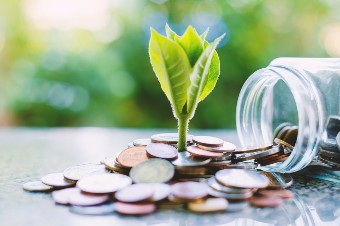 When you invest in a company’s stock, you might have the right to dividends. You receive a dividend if a company makes a profit and gives you a share of it. The amount of dividend is proportionate to your share of stocks and often dependent on the company’s earnings.
When you invest in a company’s stock, you might have the right to dividends. You receive a dividend if a company makes a profit and gives you a share of it. The amount of dividend is proportionate to your share of stocks and often dependent on the company’s earnings.
A dividend payout may vary, although most pay at least once a year. And if the company grows, and if you reinvest the payout, your dividends will grow each year as well.
Please note: trading on the financial markets involves risks, you can (partially) lose your investment.
However, it is possible to not receive dividends as a stockholder. The first reason is that the company was not profitable that year. But even if a company performs well, it is not obligated to hand out dividends to shareholders. Some businesses like to keep their money for growth investments or takeovers, for instance.
Luckily, a lot of companies do hand out a share of their profits to their investors. They see it as a reward for investing in their product or service. This is usually the case for publicly traded companies that are profitable over a longer period of time.
With the right stocks, you can create a passive income from dividend payouts.
European trading platforms
European trading platforms that are popular to start with are:
If you want to trade and invest all by yourself eToro is currently Europe’s online brokerage champion. You can trade in stocks, commodities, crypto and other currencies. Templates allow you to invest directly in a variety of sectors. Don’t invest unless you’re prepared to lose the money you invest.
With Freedom24, European-based and NASDAQ-listed, you can trade over a million global stocks, ETFs and U.S. bonds. Often at the lowest rates. Next to trading it offers 3.88% savings interest on uninvested euro balances and 5.31% on USD free cash balance.
With the platform Trade Republic, you can invest in 10,100 stocks and ETFs. Start investing in fractional shares from 1 euro. You also earn 4 percent interest on uninvested balances.
Via Bitpanda you can easily invest in well-known stocks such as Apple, Microsoft, or Tesla or invest in the larger ETFs. In addition, it offers many cryptocurrencies such as bitcoin, ethereum and solana and you can invest in commodities such as gold and silver via the platform.
Platform for experienced traders familiar with the trading and risks of turbos, CFDs, barriers, forex and derivatives. Please note that these are complex instruments and, due to the leverage effect, bring a high risk of rapidly mounting losses. 75% of investors suffer losses on these trades.
What is dividend investing?
Dividend investing is a type of stock investment. There are different strategies for dividend growth investing. Overall, this investment style aims to build up dividends over a long period of time. By continually reinvesting your received dividend payout, you can increase your returns over time.
This investment style aims to build up and reinvest dividend over a long period of time.
Since you are highly dependent on the company’s market rates, dividend stock investing is a long term strategy. In addition, the dividend payout from a company share can vary. Startups and scaleups will usually not hand out dividends, since they need the money to invest in further growth. More established companies, however, will usually hand out a slice of their profits.
Risks of dividend investments
 Dividend growth investing is considered a safe investment. But like any investment, it comes with some risk. Firstly, after buying stocks the value of your shares can drop. This can be the case whether the company pays out dividends or not.
Dividend growth investing is considered a safe investment. But like any investment, it comes with some risk. Firstly, after buying stocks the value of your shares can drop. This can be the case whether the company pays out dividends or not.
For instance, if the number of shares grows your percentage of ownership can become smaller. Or the share price drops as the company decreases in value. But more often stocks just decline in value because they dont meet the expectations of it’s shareholders.
Even commercial businesses on the stock exchange can not be profitable all the time. And their prospects do not always turn out as expected. For these reasons, risk spreading is important for dividend investors. Make sure to spread your assets over multiple stocks in several different markets to minimize risk.
After dividends are being paid, these stocks usually decline in value and you have to wait till the market recovers.
Furthermore, the market rate usually declines on it’s ex dividend date, because at that day it is set who will get paid dividends. Therefore the payout only generates profit once the dropped market rate recovers. However, this is not a guarantee. A company can also choose to stop paying dividends or cut down on them. When this happens, you miss out on dividends and suffer a market rate loss.
Returns of dividend growth investing
 Since most stocks that pay dividends are from established and profitable companies, dividend investing is quite safe. When a company hands out profit shares, it usually means the company is performing well. And because dividend investments are usually in mature companies, this adds stability to your investor portfolio. For this reason many people build up retirement funds by investing in dividend-paying stocks.
Since most stocks that pay dividends are from established and profitable companies, dividend investing is quite safe. When a company hands out profit shares, it usually means the company is performing well. And because dividend investments are usually in mature companies, this adds stability to your investor portfolio. For this reason many people build up retirement funds by investing in dividend-paying stocks.
Investing in high dividend stocks is relatively safe, compared to other stock strategies.
Dividend growth stocks are most profitable in the long-term, since you are dependent on market rate fluctuations and company results. Building up dividends over a longer period of time makes you less susceptible to these setbacks. The added benefit of high dividend stocks is that the dividends can compensate for possible declines in the stock price. In addition, the dividends can create a steady income.
Assessing stock value: dividend yield
 When making dividend investments, one thing to consider is the dividend payout. This is the ratio of how much money you receive for each euro that you put in a stock. Dividend yield is a percentage that shows the annual dividends per share divided by the company’s stock price. You may think a higher stock price is always a good thing. But when a company’s stock price increases, the dividend yields actually decrease as a result.
When making dividend investments, one thing to consider is the dividend payout. This is the ratio of how much money you receive for each euro that you put in a stock. Dividend yield is a percentage that shows the annual dividends per share divided by the company’s stock price. You may think a higher stock price is always a good thing. But when a company’s stock price increases, the dividend yields actually decrease as a result.
Overall, a high dividend yield means you receive more dividends. Although it varies per market, a percentage between 2 and 5 percent is perfect. High dividend stocks can generally be found in older, more established companies that are not growing fast. Also, businesses that provide necessary consumer products and utilities have the highest dividend payout on average.
Beware that a high dividend yield is not always a good value indicator. For example, it can be the result of a quickly declining stock price because of financial trouble. Additionally, Real Estate Investment Trusts (REITs) score very high in dividends but have much higher tax rates for shareholders. If the dividend yield is over 8 percent, look closer at a company’s situation. It can indicate financial ruin. But if it is a temporary setback, it can still be an interesting investment opportunity at a lower stock price.
Open an account directly with Etoro, a large European broker, or with Freedom24, which offers a range of one million stocks, ETFs and options. Investing involves risks. You can lose your investment.
Finding high dividend stocks
 When you start trading stocks based on dividend growth, you can invest in a fund or start looking for profitable companies yourself.
When you start trading stocks based on dividend growth, you can invest in a fund or start looking for profitable companies yourself.
Some investors prefer to find the needles in the haystack. You will want to look for companies that are highly profitable but do not pay out a lot of dividends yet. Once a company like this has no assigned goal for its revenues, it will start to pay out shareholders. In addition, companies that have a steady track record of consistent dividend payments are a good choice too.
A dividend yield that’s too high is usually a bad sign.
As mentioned before, you can also look at the dividend yield when assessing stocks. A higher percentage generally means higher returns. Of course, look at the financial health and company results too to make an informed decision. A dividend yield that is too high (over 8 percent) is usually a bad sign. The high dividend payments will usually not be sustainable in the long term.
Lastly, companies with high dividend stocks have less funds to spend on their own growth operations. This can limit a possible increase of the stock price, which in turn limits part of your returns.
Long-term dividend investing: ETFs and funds
 It is possible to find profitable companies that make dividend payments yourself. But there is an easy alternative for those who want to skip the legwork. There are multiple Exchange Traded Funds (ETFs) as well as mutual funds especially for dividend investors. Even real estate funds can be aimed at dividend investors, aiming to build up dividends over time.
It is possible to find profitable companies that make dividend payments yourself. But there is an easy alternative for those who want to skip the legwork. There are multiple Exchange Traded Funds (ETFs) as well as mutual funds especially for dividend investors. Even real estate funds can be aimed at dividend investors, aiming to build up dividends over time.
ETFs can help you find stocks with regular dividend payments.
ETFs and mutual funds are well-suited for dividend investors. These funds match the long-term and passive strategy of buying stocks with regular payments. The transaction costs are often lower while also saving you the time and effort of researching individual stocks. In addition, a fund can automatically spread the risks of your investment.
When looking at providers, make sure the ETF or mutual fund spreads investments across different markets. Some funds are focused on one industry, which can limit risk spreading. Lastly, some funds are actively managed, which means the costs will be higher.
